This post may contain affiliate links. That means if you click on a link and make a purchase, I may make a small commission at no additional cost to you. Thank you for your support!
Rich and creamy, yet remarkably simple and easy to prepare, Pasta Carbonara is one of the classic Italian pasta dishes any Italian pasta lover should know how to make. There are hundreds of variations out there, some with veggies, some with cream, and some that don’t really resemble Pasta Carbonara at all. In this post, we will be exploring the traditional Roman-style Pasta Carbonara.
The basics – what is Pasta Carbonara?
Pasta Carbonara is a traditional Italian dish, likely originating in the region around Rome, featuring a rich and creamy sauce composed of egg, cheese (typically Pecorino Romano), black pepper, and guanciale, an Italian-style pork jowl or cheek, all tossed together with long pasta, such as spaghetti.
What is the history of Pasta Carbonara?
While there is some debate about the history of Pasta Carbonara, the consensus among most food historians is that it originated in Italy during the mid-20th century. Most trace its roots back to the region of Lazio, and more specifically, Rome, while some claim its roots are actually Neapolitan.
One popular theory suggests that it was a rustic meal made by Italy’s charcoal workers, the ‘Carbonari’. The word “carbonara” is derived from the Italian word “carbonaro”, meaning coal burner or charcoal burner. The theory is that these coal miners, the ‘Carbonari’, would use dry pasta, aged cheese, cured pork, and eggs – ingredients that were relatively easy to transport and could last for an extended period without refrigeration – to make a satisfying dish after a long day in the mines. The dish’s black pepper could also represent the coal dust that clung to the miners.
Another well-known story comes from World War II. It is thought that the dish was made for American soldiers who offered up their bacon and egg rations to local Italians, who then combined these ingredients with local pasta and cheese in a dish that would become known as Pasta Carbonara.
Ultimately, regardless of where it truly originated, Pasta Carbonara has cemented itself as a hallmark of Italian cuisine, and a symbol of Rome. As you’ll see in the recipe section, it’s a decadent blend of simple ingredients that, when properly combined, produce a rich, creamy, and satisfying dish.
4 key ingredients in traditional Pasta Carbonara
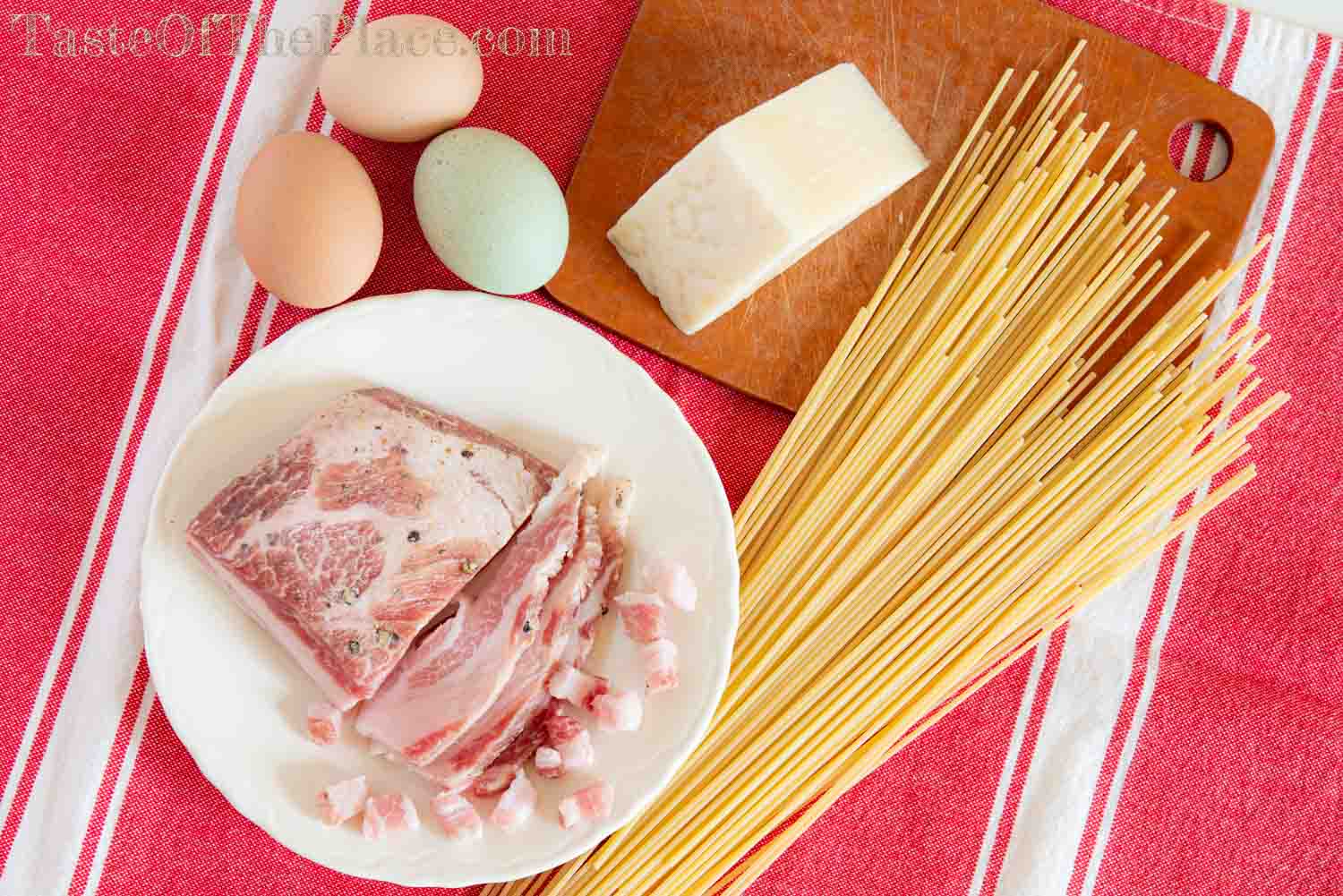
While variations abound, a traditional Pasta Carbonara contains only a few simple ingredients.
- Pecorino Romano is an aged sheep milk cheese, known for its hard texture and sharply tangy flavor. It gives Pasta Carbonara its robust and slightly salty flavor. If you are unable to find Pecorino Romano, a good substitute would be Parmigiano Reggiano, which has a similar hard texture but is nuttier and not as sharp.
- Guanciale is cured pork cheek. It’s high in fat, which renders down during cooking, adding a layer of decadent richness and complexity to the dish. If you can’t get your hands on guanciale, a suitable replacement would be pancetta or bacon, though they vary slightly in flavor. My recipe calls for pancetta, as guanciale is not readily available in my area.
- Egg Yolks act as the primary thickening agent, creating a creamy, silky sauce that coats every strand of pasta. Some recipes call for whole eggs, which is a tasty option, as well, especially if you don’t have a use for the reserved egg whites. My recipe gives an option for either whole eggs or egg yolks.
- Spaghetti is the most common choice when it comes to crafting a traditional carbonara. However, if you’re blessed with a well-stocked pasta pantry, both bucatini (which closely resembles spaghetti, but with a channel running the pasta’s length) or spaghetti alla chitarra (a distinctive egg-based pasta, akin to spaghetti but with a unique square cross-section) can serve as wonderful substitutes. Whatever shape of pasta you choose, make sure it is a quality brand that has been bronze cut. Bronze cut pasta has a slightly rough exterior which helps the sauce cling to the pasta.
Wait! No cream? Nope, traditional Pasta Carbonara does not contain cream. The dish gets its creaminess from the eggs and cheese.
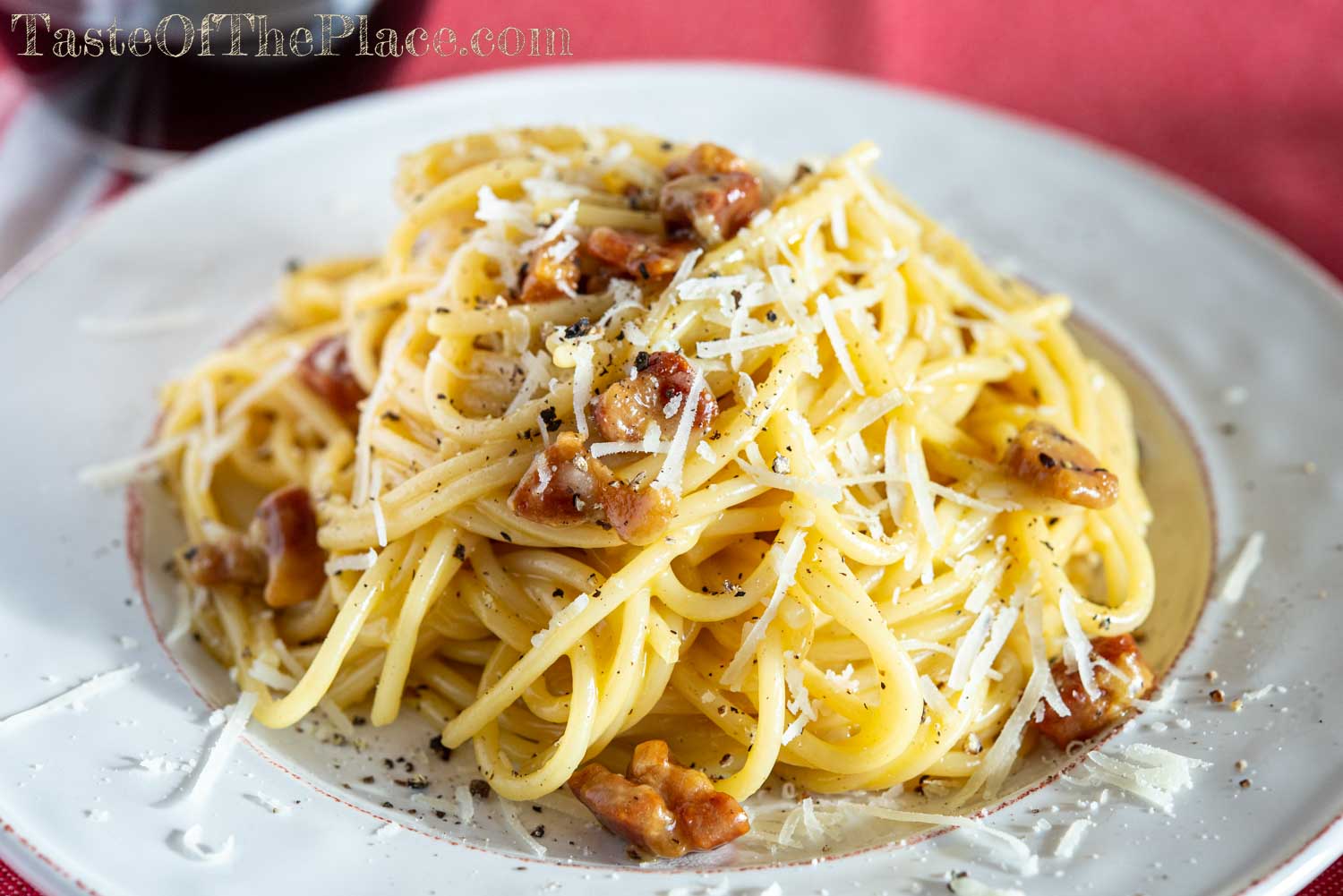
What wines pair well with Pasta Carbonara?
If you’re looking for the perfect wine to go with your Pasta Carbonara, you have many great options. A pasta like carbonara, with its creamy and rich flavors, needs a wine that has a strong enough acidity to balance it. The easiest options to find at your local grocery store are classic Italian whites such as Pinot Grigio, or reds like a young Chianti or Barbera. If you can find it, soave classico, a mineral-heavy, dry white from the Veneto region in Italy is a fun option. If you like bubbly, a dry prosecco would be a perfect match.
Print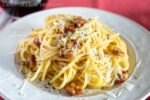
Traditional Pasta Carbonara For Two – quick and easy recipe
- Total Time: 30 minutes
- Yield: 2 1x
Ingredients
- 5 ounces (about 140 grams) pancetta (or guanciale if you can get it. Substitute bacon if neither pancetta or guanciale are available. See notes.), cut into 1/4- to 1/2-inch cubes.
- 1 tablespoon salt, plus more to taste
- 8 ounces (about 226 grams) spaghetti (see notes)
- 3 large egg yolks or 2 whole eggs (see notes)
- 1.5 ounces (about 43 grams) Pecorino Romano cheese, grated (see notes)
- Black pepper – lots of it to taste, freshly ground
Instructions
- Bring 4 quarts of water to a boil.
- Meanwhile, in a large skillet over medium heat, cook the pancetta until it is crispy. If the pancetta is finished cooking more than two or three minutes ahead of the pasta, remove the skillet from the heat. (see notes)
- When the water comes to a boil, add 1 tablespoon of salt to the water along with the spaghetti. Cook according to the package instructions for al dente. Reserve 1 cup of cooking liquid before draining the pasta.
- While the pasta is cooking, beat the egg yolks/eggs in a separate bowl. Add most of the cheese (reserving some for garnish later), and season with a generous amount of freshly ground black pepper.
- If the pancetta skillet is off the heat, return it to the burner about 1 minute before the pasta is complete. Allow it to begin sizzling again.
- After you drain the pasta, combine it with the cooked pancetta in the pan. Mix well to ensure the spaghetti is well coated with the fat.
- Remove the pan from heat and allow it to cool for about 1 minute to prevent the eggs from scrambling. After cooling for about 1 minute, add about 1/8 cup of the reserved pasta water along with the egg and cheese mixture, stirring or tossing vigorously until the sauce is thickened and the pasta is well coated. The heat from the spaghetti will cook the raw egg, turning it into a creamy sauce.
- If your sauce is too thick, add more of the reserved pasta water to loosen it up. It should have a smooth, silky texture.
- Give it a taste and add additional salt and freshly ground black pepper if needed.
- Garnish with the reserved cheese and more freshly ground black pepper on top.
- Enjoy!
Notes
Pasta Carbonara is traditionally cooked with guanciale, a type of cured pork cheek. It is very difficult to find in the US. A good substitute is pancetta (which is what I used in developing this recipe). The next best option is bacon, which I find to be quite tasty, as well.
Spaghetti is the pasta of choice when it comes to crafting a traditional carbonara. However, if you’re blessed with a well-stocked pasta pantry, both bucatini (which closely resembles spaghetti, but with a channel running the pasta’s length) or spaghetti alla chitarra (a distinctive egg-based pasta, akin to spaghetti but with a unique square cross-section) can serve as wonderful substitutes. Whatever shape of pasta you choose, make sure it is a quality brand that has been bronze cut. Bronze cut pasta has a slightly rough exterior which helps the sauce cling to the pasta.
I have successfully made this recipe with 3 egg yolks or 2 whole eggs. Both are delicious. Using just egg yolks gives a slightly richer color and flavor.
Avoid purchasing pre-grated Pecorino Romano or Parmesan cheese. Pre-grated cheese usually has additives to keep it from clumping which can impact the final texture of the dish.
It’s ideal if your pancetta and pasta finish cooking at the same time. If one is done before the other, it’s best if the pancetta is first. Pasta is finicky, don’t make it wait too long. Because of this, I start cooking the pancetta early in the process and take it off the heat until just before time to mix everything.
- Prep Time: 15 minutes
- Cook Time: 15 minutes
- Category: Dinner
- Cuisine: Italian
Frequently asked questions
Does carbonara sauce have cream in it?
The traditional Roman-style carbonara does not include cream. It gets its creamy texture from the combination of eggs and cheese.
Does carbonara use egg whites or just egg yolks?
Many recipes for carbonara use the entire egg, both the yolk and the white, while many use just the yolk. The recipe I have developed gives an option for 3 egg yolks or 2 whole eggs.
What about consuming raw or undercooked eggs?
If you’re worried about eating raw or undercooked eggs, then Pasta Carbonara may not be the best option for you. Darn it! Although the eggs are cooked gently by the heat of the skillet, pasta, and pancetta, there’s still a possibility that they may not be fully cooked. To minimize the risk of contaminated eggs, be sure to use fresh, high-quality eggs from a trustworthy source.
Are there variations to the traditional pasta carbonara recipe?
Like any classic dish, numerous variations of Pasta Carbonara have developed over time. Some versions have onions or garlic, others might incorporate different types of meat or use cream in the sauce. However, the traditional Roman recipe in this article makes use of just a handful of ingredients to achieve its signature flavor.
Is there a vegetarian version of pasta carbonara?
The traditional carbonara recipe uses guanciale, an Italian cured meat. If you want to make a vegetarian version, you need to replace it with a flavorful ingredient like mushrooms, zucchini, or garlic. Since guanciale provides the fat for the sauce, you’ll also need to add some olive oil before cooking the vegetables.
Can pasta carbonara be made with whole wheat pasta?
Absolutely! While traditional Pasta Carbonara is typically made with regular semolina-based pasta, it works just as well with whole wheat pasta. The denser texture and slightly nutty flavor of whole wheat pasta can offer an interesting counterpoint to the silky sauce.
Looking for a few more Italian Classics? Here are a few of my favorites…
Sicilian-Style Spaghetti with Anchovies and Breadcrumbs (Spaghetti con Acciughe e Mollica)
Flavorful and satisfying, this pasta has a hint of umami from anchovies and a bright, citrusy kick from a squeeze of lemon. The toasted breadcrumbs on top are the perfect finishing touch. The best part is that most of the ingredients are pantry staples that you probably already have on hand, so it’s really easy to throw together.
The Saucy Secrets of Pasta Puttanesca: A Recipe with A Provocative Past
A bold and savory Italian pasta dish that comes together in a jiffy using mostly pantry items – perfect for a weeknight meal. With its punchy flavors and intriguing history, it’s no wonder that this saucy concoction has become a favorite on dinner tables everywhere.
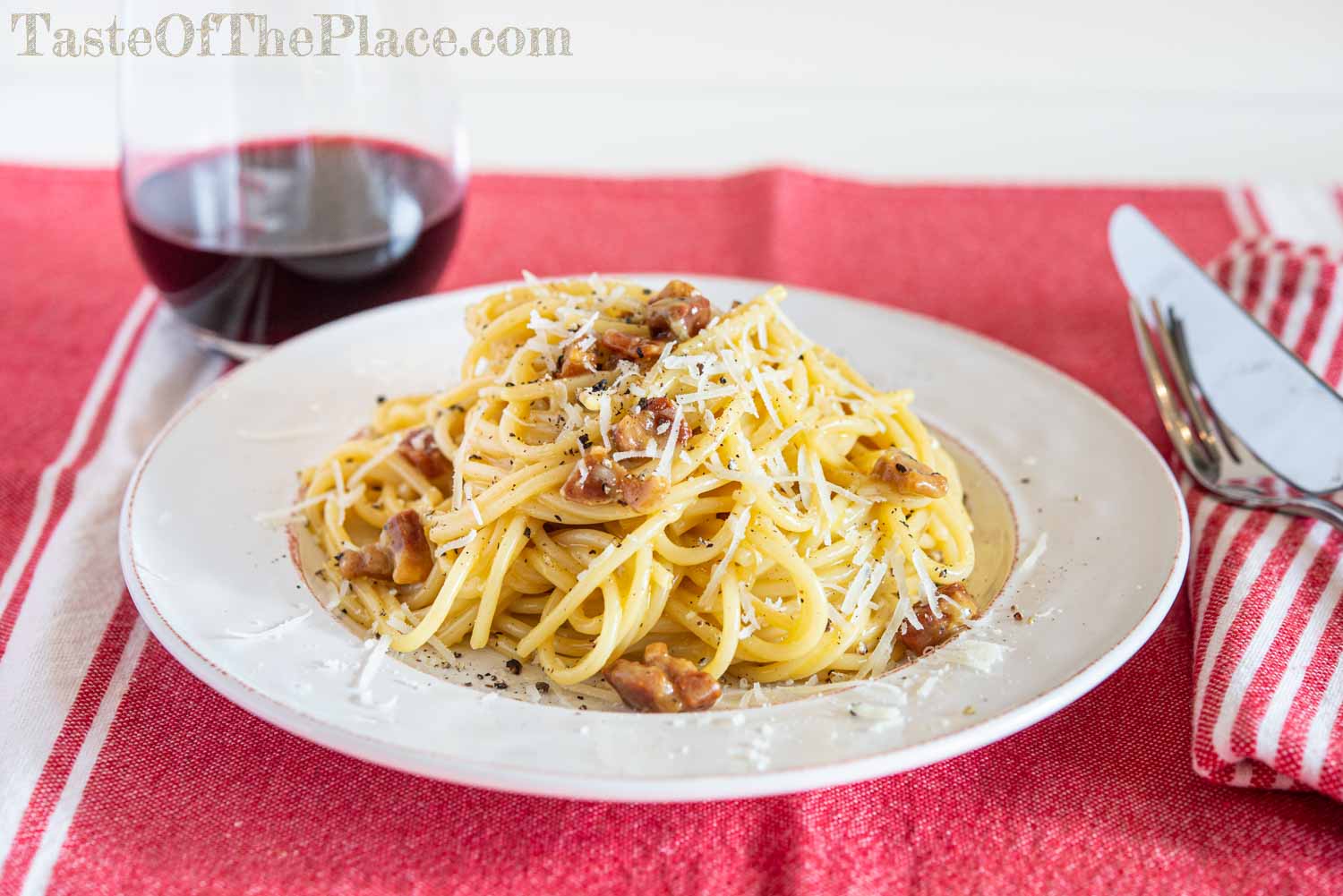
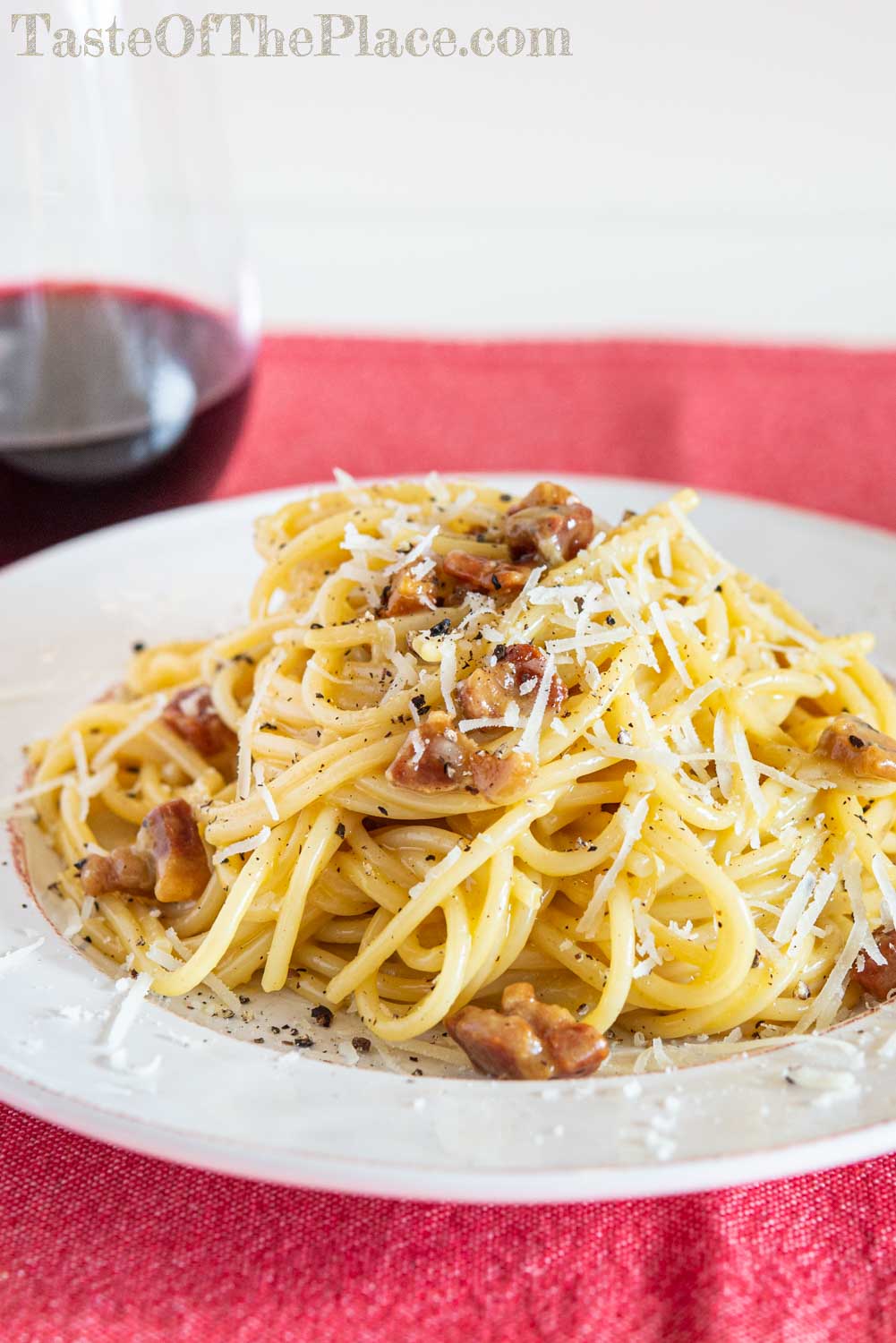


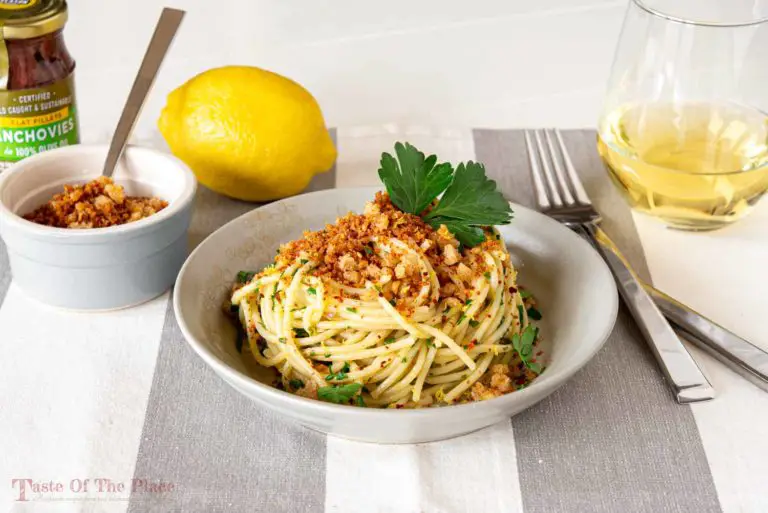
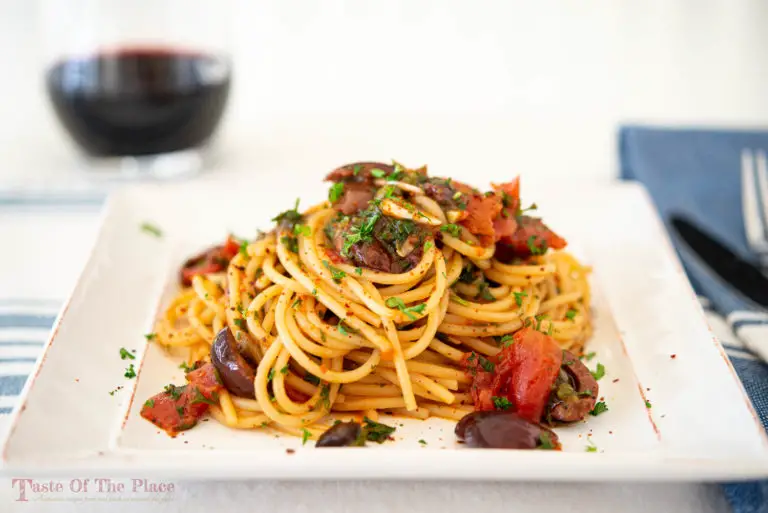
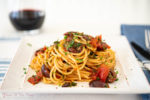
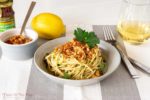
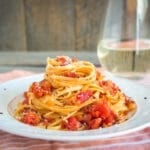
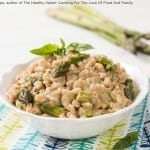
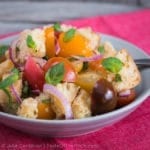






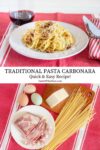
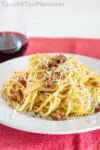
Leave a Reply